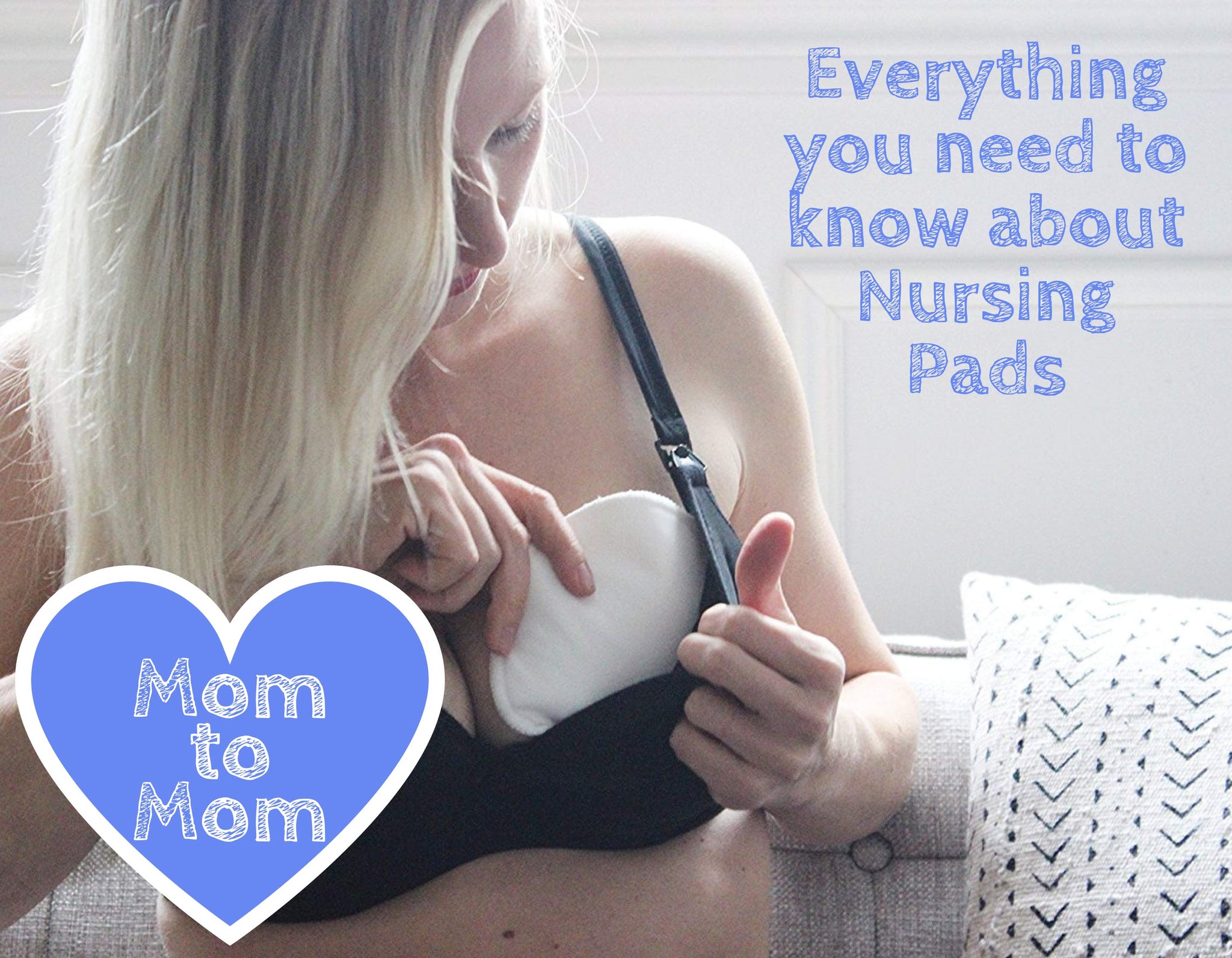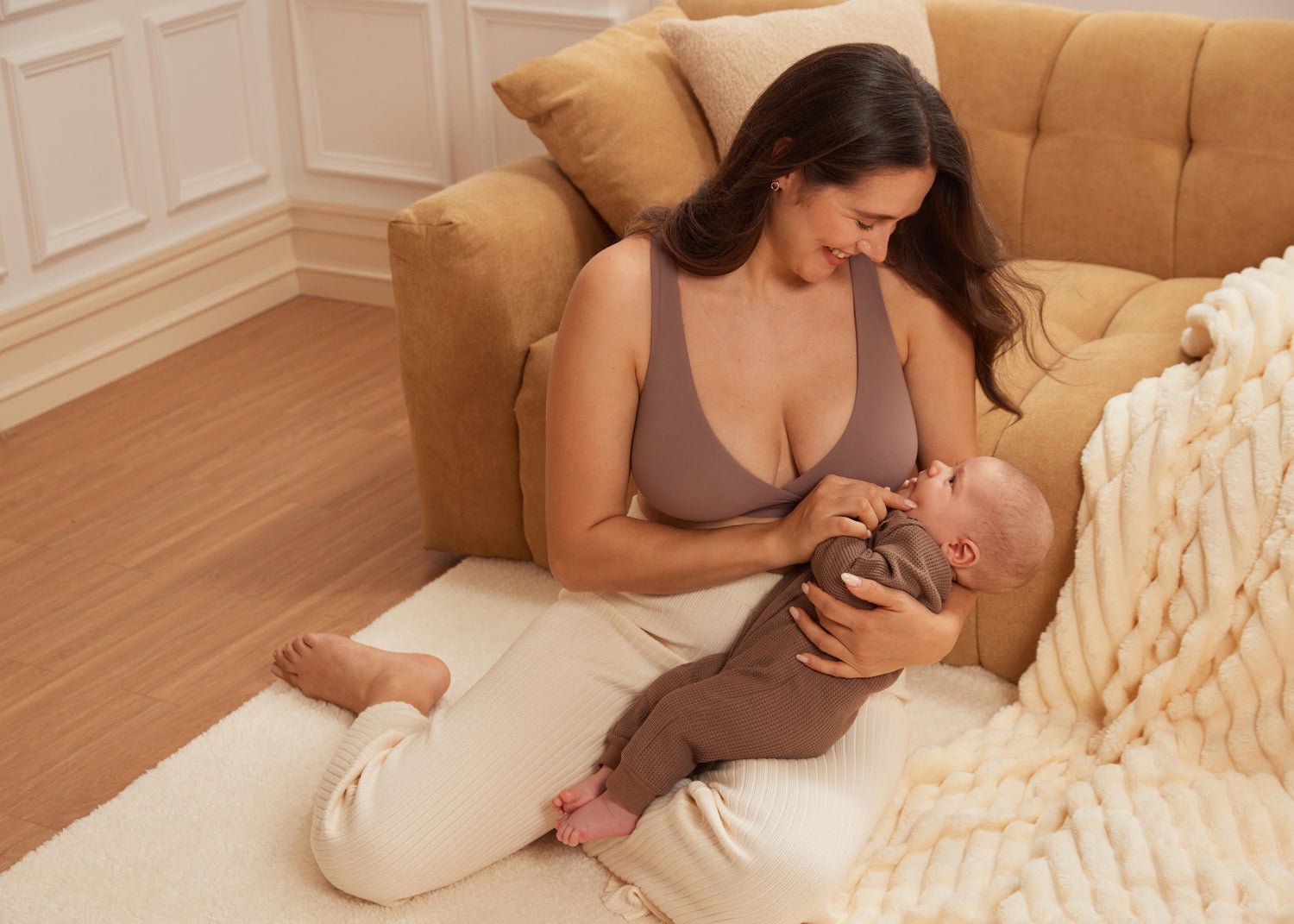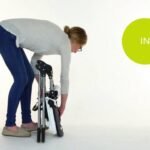Nursing pads are essential for new mothers. They help manage breast milk leakage.
So, how many nursing pads do you need? It depends on your lifestyle and milk flow. Some mothers may need more than others. Nursing pads provide comfort and hygiene. They prevent embarrassing leaks and protect clothing. Understanding your needs can save time and money.
It’s important to know when and how often to change them. This ensures maximum effectiveness and comfort. With the right number, you can focus on what matters most. Your baby and your well-being. Let’s explore the factors influencing your nursing pad needs. This will guide you to make the best choice for your situation.

Credit: mother-ease.com
Nursing Pads Basics
Navigating the world of nursing pads can feel overwhelming, especially for new moms. With so many options and factors to consider, understanding the basics is crucial. Nursing pads are essential for maintaining comfort and confidence during breastfeeding, but how do you know how many you need? Let’s dive into the essentials, starting with the types of nursing pads available and why they are vital for your breastfeeding journey.
Types Of Nursing Pads
Did you know that nursing pads come in different materials and styles? The choice can impact your comfort and convenience. Disposable nursing pads are great for moms on the go; they’re convenient, hygienic, and easy to discard after use. If you’re eco-conscious, reusable pads made from cotton or bamboo might be your go-to. These are washable, offering a sustainable option for long-term use. Silicone pads are another choice, providing a discreet look under clothing.
Consider your lifestyle. Do you have time for laundry? Are you often out and about? Your answers can guide you to the right nursing pad type. Remember, comfort should be your priority as it directly affects your breastfeeding experience.
Why Nursing Pads Are Important
Why invest in nursing pads? They play a crucial role in keeping you dry and comfortable. Breastfeeding often leads to unexpected leaks, especially in the early months. Without pads, you might face awkward moments or ruined clothes. Nursing pads absorb excess milk, preventing stains and saving your favorite outfits.
Beyond practicality, nursing pads provide peace of mind. Imagine being in a public place without worrying about leaks. With nursing pads, you can focus on bonding with your baby rather than fretting about your appearance. Does the idea of feeling confident while breastfeeding appeal to you?
Ultimately, nursing pads are more than just a convenience; they’re an essential part of your breastfeeding toolkit. As you embark on this special journey, having the right nursing pads can make all the difference in your daily comfort and confidence.
Factors Influencing Quantity
Choosing the right number of nursing pads depends on several factors. Consider your milk flow, washing routine, and activity level to determine your needs. Frequent feedings may require more pads for comfort and convenience.
When you’re preparing for breastfeeding, you might wonder, “How many nursing pads do I need?” The answer depends on several factors that are unique to you and your lifestyle. Let’s explore some of these factors to help you make the best decision.Breastfeeding Frequency
The frequency with which you breastfeed directly impacts the number of nursing pads you’ll need. If you’re feeding your baby often, you might find yourself needing more pads to stay dry and comfortable.Consider how often your baby feeds during the day and night.If your little one is a frequent feeder, your milk supply might be high, leading to more leaks.Think about the times when you’re away from home. You may want extra pads on hand for those moments when getting to a bathroom isn’t easy.Personal Comfort Preferences
Personal comfort plays a significant role in determining how many nursing pads you’ll require. Some moms prefer changing pads frequently to feel fresh throughout the day.If you’re someone who dislikes the feeling of dampness on your skin, you’ll likely need more pads.You might find the thickness and material of the pad affects your comfort. Experiment with different types to see what suits you best.Ask yourself: Do you prefer disposable pads for convenience, or do reusable ones align better with your lifestyle? Your preference can influence how many you buy at once.It’s all about finding a balance that works for you.Remember, every mother and baby duo is unique. Your needs may vary, and that’s perfectly okay.Estimating Daily Needs
Estimating how many nursing pads you need daily is crucial. It helps in ensuring comfort and hygiene for nursing mothers. With varying needs and lifestyles, understanding your daily requirements is essential.
Average Daily Usage
Most nursing mothers use about 6 to 10 pads a day. This number can vary based on milk flow and personal preference. During the early weeks, leakage is more frequent. You might need more pads then. As your body adjusts, usage may decrease. Keeping track of your daily needs helps in managing supplies efficiently.
Adjusting For Lifestyle
Your daily routine impacts nursing pad needs. Active mothers might require more pads due to movement. If you work outside, consider carrying extra pads. Stress levels can also influence milk production. This might increase or decrease pad usage. Plan based on your activities and environment. Staying prepared ensures you never run out.
Choosing The Right Type
Choosing the right type of nursing pads can be a game-changer in your breastfeeding journey. With so many options available, it can feel overwhelming to decide what suits your lifestyle best. Whether you’re a first-time mom or juggling multiple kids, finding the perfect fit can make your experience more comfortable and stress-free.
Disposable Vs. Reusable
Disposable nursing pads offer convenience, especially when you’re on the go. They are perfect for busy days when you don’t have time to deal with laundry. Simply use them and toss them away. However, this convenience comes at a cost; you’ll need to keep buying more, which can add up over time.
Reusable nursing pads, on the other hand, are eco-friendly and cost-effective. You can wash them and use them again, saving money and reducing waste. They’re often made from soft materials that can be more comfortable on your skin. Yet, they require regular washing, which might be a drawback for some.
Material Considerations
Material plays a crucial role in comfort and effectiveness. Cotton pads are breathable and gentle on sensitive skin, making them a popular choice. However, they may not offer the best protection against leaks.
For better absorbency, consider bamboo or microfiber pads. These materials can hold more moisture, keeping you dry for longer periods. They might feel less soft compared to cotton, but the trade-off in absorbency is significant.
If you have sensitive skin or allergies, look for hypoallergenic options. Some pads come with a waterproof layer, which can be helpful if you experience heavy leakage. Always check the material before buying to ensure it meets your needs.
Think about your daily routine. Do you travel a lot? Are you at home most days? Answering these questions can guide you toward the best nursing pad type for your lifestyle. What works for one person might not work for another, so it’s important to choose based on your unique needs.
Cost Considerations
Calculating the number of nursing pads needed depends on budget and individual use. Daily usage varies, impacting overall costs. Balancing quality and quantity helps manage expenses effectively.
Choosing the right number of nursing pads can feel overwhelming, especially when you start considering the cost. Balancing your budget while ensuring you have enough supply is crucial. Let’s break down some cost-effective strategies to help you make an informed decision.Budget-friendly Options
If you’re watching your expenses, there are plenty of budget-friendly options available. Disposable nursing pads can be cost-efficient in the short term. They are often available in bulk, reducing the cost per pad significantly.Consider cloth nursing pads as a reusable option. Although the initial price may seem higher, they can be washed and reused multiple times, making them a smart choice over time. You can even make your own with soft fabrics at home, if you’re crafty!Exploring different brands and offers online can also lead to significant savings. Check for discounts or sales on reputable sites where you might find quality pads at lower prices.Long-term Investment
Think of nursing pads as a long-term investment in your comfort and convenience. Reusable pads, despite their upfront cost, often provide better value. They are environmentally friendly and can last throughout your nursing journey.Quality matters when it comes to comfort. Investing in pads made from natural fibers can prevent irritation and offer better absorption. This can save you money in the long run by reducing the need to replace them frequently.Consider how often you plan to nurse and how much leakage you experience. This will guide you in deciding the right number of pads to purchase and help manage costs effectively.Have you considered the balance between quality and cost for your nursing pads? Making a mindful choice can enhance your nursing experience without breaking the bank.
Credit: www.youtube.com
Storage And Maintenance
Storing and maintaining nursing pads ensures they stay effective and hygienic. Proper care extends their lifespan and keeps them ready for use. This guide helps you manage your nursing pads effectively.
Keeping Pads Clean
Clean nursing pads prevent skin irritation and infections. Wash reusable pads after each use. Use a gentle detergent to protect the fabric. Avoid fabric softeners. They reduce absorbency. Dry them thoroughly to prevent mold. Air-drying is recommended for longer-lasting freshness.
Organizing Your Supply
Organize your nursing pads for easy access. Store them in a clean, dry place. Use a dedicated drawer or a small basket. Keep them separated by type—reusable and disposable. This makes grabbing the right one easy. Rotate your stock regularly. Use older pads first to ensure freshness.
Tips For First-time Moms
First-time moms often wonder about the number of nursing pads they need. Breastfeeding is new and can be unpredictable. Each mother’s experience is unique. Some moms need more pads than others. Here are helpful tips to guide you.
Trial And Error Method
Start with a small pack of nursing pads. Test how many you use in a day. This method helps find the right amount for your needs. Keep notes on how often you change pads. Adjust the number based on your daily experience. It’s okay to start small and increase as needed.
Listening To Your Body
Your body will give signals. Pay attention to these cues. Are you leaking more often? Do you feel uncomfortable with fewer pads? These signs help decide the right number for you. Trust your instincts. Your comfort is a priority. Listen to what your body tells you.

Credit: us.momanda.cc
Environmental Impact
Choosing the right number of nursing pads helps reduce waste. A balance between disposable and reusable options minimizes environmental impact. Consider lifestyle and washing frequency to determine the ideal quantity for sustainable use.
Choosing the right number of nursing pads isn’t just about convenience; it’s also about considering the environmental impact. You might not think that a small item like a nursing pad could make much difference, but every choice counts. As you embark on your breastfeeding journey, it’s worth pondering how you can minimize waste and make more sustainable decisions.Eco-friendly Choices
Consider reusable nursing pads as an eco-friendly option. They can be washed and reused, significantly cutting down on waste. Opt for organic materials like bamboo or cotton, which are both gentle on your skin and better for the planet.If you prefer disposable pads, look for brands that focus on sustainability. Some companies offer biodegradable options that break down more easily in landfills. These choices can help you reduce your environmental footprint without compromising on comfort or functionality.Reducing Waste
Think about how many disposable nursing pads you might use in a day. If you change them frequently, the waste can add up quickly. By opting for reusable pads, you can drastically reduce the amount of waste you generate.Consider how many loads of laundry you typically do. Adding reusable pads to your regular laundry routine can be a simple adjustment. By doing this, you can lower your overall environmental impact without much extra effort.Have you ever thought about the packaging waste from disposable pads? Often, each pad is individually wrapped, contributing to more trash. Choosing reusable options can help cut down on this packaging waste, making your breastfeeding experience more sustainable.By making these small changes, you can play a part in protecting the environment while caring for your baby. Your choices matter—how will you make a difference?Frequently Asked Questions
How Many Nursing Pads Do You Use?
You typically need 6 to 12 nursing pads daily, depending on milk flow and personal needs. Start with a small supply and adjust as needed. Reusable pads can be washed, while disposable ones should be replaced frequently. Always ensure comfort and hygiene for best results.
How Many Postpartum Pads Do I Need?
You typically need 2-3 packs of postpartum pads. Stock up on 20-30 pads for the first few weeks. Adjust based on your flow and comfort needs.
Do I Need To Wear Nursing Pads All The Time?
Nursing pads aren’t necessary all the time. Use them if you experience leaks for comfort and protection. Choose reusable or disposable pads based on preference. Regularly change them to prevent irritation. Assess your needs as milk flow can vary. Personal comfort and leak management are key considerations.
How Many Nursing Bras Do I Really Need?
Most women find 3 to 5 nursing bras sufficient. Rotate bras for hygiene and comfort. Choose bras with easy access and good support for breastfeeding. Consider purchasing bras as your size changes postpartum. Quality bras ensure comfort during nursing and can be worn daily or as needed.
How Many Nursing Pads Are Needed Daily?
Most women use 6-12 pads daily. It varies based on milk flow and personal preference.
Conclusion
Determining how many nursing pads you need can be tricky. Start small. Try a few types and brands. Pay attention to your own needs. Some days may require more. Others, less. Comfort and absorbency matter most. Reusable pads save money in the long run.
Disposable ones offer convenience. Keep extras handy in your bag. Nighttime needs might differ from daytime. Listen to your body and adjust. With a bit of trial, you’ll find your perfect number. Enjoy the comfort and peace of mind they bring.
Happy nursing!





